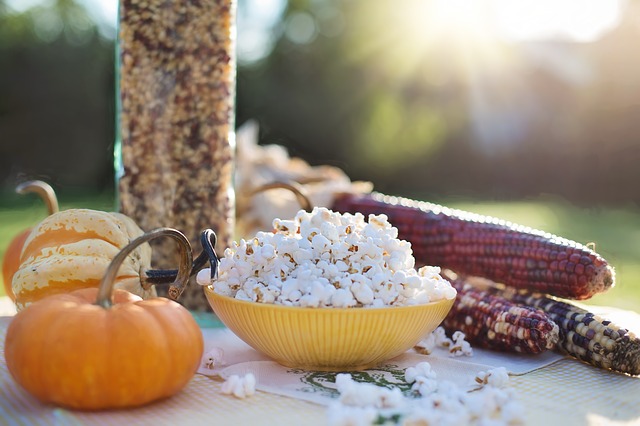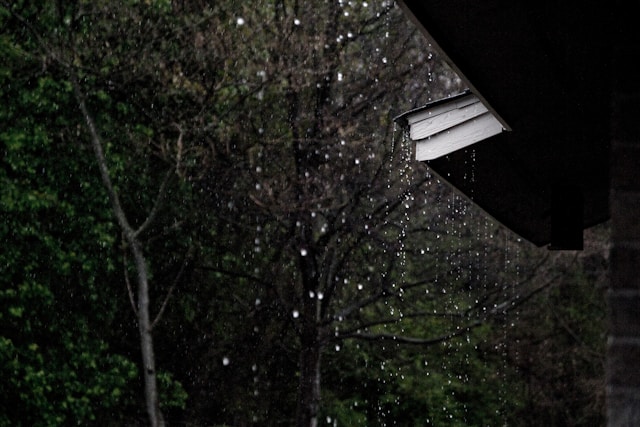We have lived upon this land from days beyond history's record, far past any living memory, deep into the time of legend. The story of my people and the story of this place are one single story. We are always joined together ~ Pueblo Elder
The legends of corn can easily be told by the Native American Indians. They knew how to grow it and how to achieve sustainability from it through hundreds of generations.
Actually all corn is Indian Corn and not just the pretty colored corns you see around the holidays. It is native to America and Mexico and there were once around 250 different varieties of native corn.
Most have since become lost and extinct. It is said to have originated from the Mexican areas more than 7,000 years ago and thought to have been cultivated from wild grasses.
The Native American people were the original agriculturist in our country. They understood what worked best naturally.
They gave the utmost respect to the soil and water and knew that one must always give back to the earth what one takes from it.
They also understood how to grow using companion plants such as their Three Sisters method and growing corn with beans and squash.
It's quite apparent that a great deal of the settlers that came to this country never acquired the same respect for the land and its inhabitants. It certainly still shows itself today in the way that big farms have reduced themselves to farming with poisonous chemicals and genetic engineering that is causing a staggering loss of diversity and natural life to the critical point of extinction.
Even today, if one would listen to the wisdom given by the Native American Indians, they would learn so much about gardening and farming.
There is a Native American by the name of Buffalo Bird Woman of the Hidatsa Indian Tribe who has given a detailed account of how her family sustained themselves with their garden. (ca. 1839 – 1932) I love going to her writings for reference as well as the inspiration she seems to give me.
What has stuck with me the most I think is that the closer we get to the original heirloom native varieties of seed the more success there is for the harvest. This is one of the reasons it is so important to protect heirloom seeds.
I sought after a Native Texas Dent Corn variety that happens to be near extinction. It was important to find the perfect variety that would serve the same needs for my own family that the Indians had for theirs.
The Native Americans grew their corn to dry it during harvest so it would last them throughout the winter months. They would grind it into cornmeal to eat as well as crack it for feeding their livestock during harsh winter weather.
The beans the Indians grew was for the purpose of having dry beans. Dry beans were easy to harvest and put away for winter storage.
The beans we chose was a Native American Cornfield Bean that grew well over the top of the corn. The pods dried on the vines and we picked and shelled them for our pantry as well.
The timing was perfect as our beans were ready for harvest at the same time as the corn. The beans had benefited from the corn by using its stalks to climb on. They, in turn, benefited the corn by adding nitrogen back into the soil that helps feed the corn.
The squashes they grew were varieties that would store well throughout the winter months.
It also was grown on the outside of the mounds the corn and beans were growing in. The squash would, in turn, provide a natural living mulch and ground cover for the corn and beans as it stretches across the ground.
The squash, in turn, enjoyed the protection from the harsh hot summer sun growing beneath the corn and beans.
It's a remarkable combination of companions that fit each other so very perfectly.
We switched from growing pumpkins with the corn crop and turned to an heirloom variety of Butternut Squash. With the Butternut, we had no problems with the troublesome squash borers that injure and kill the pumpkins so easily in our area.
The Butternut Squash was ready for harvest near the same time as the corn and beans. The flesh is sweet and rich orange and wonderful in many dishes.
I've seen many gardeners have lack of success at trying to grow the Three Sisters Way. I've had previous failures as well.
The lesson's that I learned is you must grow it just like the Native Americans did. That doesn't mean growing it in rows. You have a more abundant harvest and stronger stalks when it is grown on mounds or circles. It's a natural support system for the trio.
There is also fewer problems with timing and harvest when you grow for drying purposes. Sweet Corn or Pole Beans that must be eaten fresh interrupts the entire process and is difficult to harvest. If you want to imagine trying to pick sweet corn or green beans while pushing your way through a tangled web of vines and trying to tiptoe over squash vines then you'll understand.
It's odd how we have so much more success when we notice the little details that end up making all the difference in the world. It's easy to see why protecting our heirloom varieties from cross contamination and extinction is so critical. What a beautiful and perfect tradition that must live on. This is to the hope of our future generations.
- Wild Dagga Motherwort Medicinal Herb - November 11, 2013
- Grow The Best Organic Lettuce - November 4, 2013
- Amish Hot Pepper Mustard - October 23, 2013


am now looking for dent corn, shelly beans …you have great articles.
OH Good!! I’m so glad you are thinking about doing the 3 sister garden!! Let me know if you need any help finding what you need Gayla and Thank You!